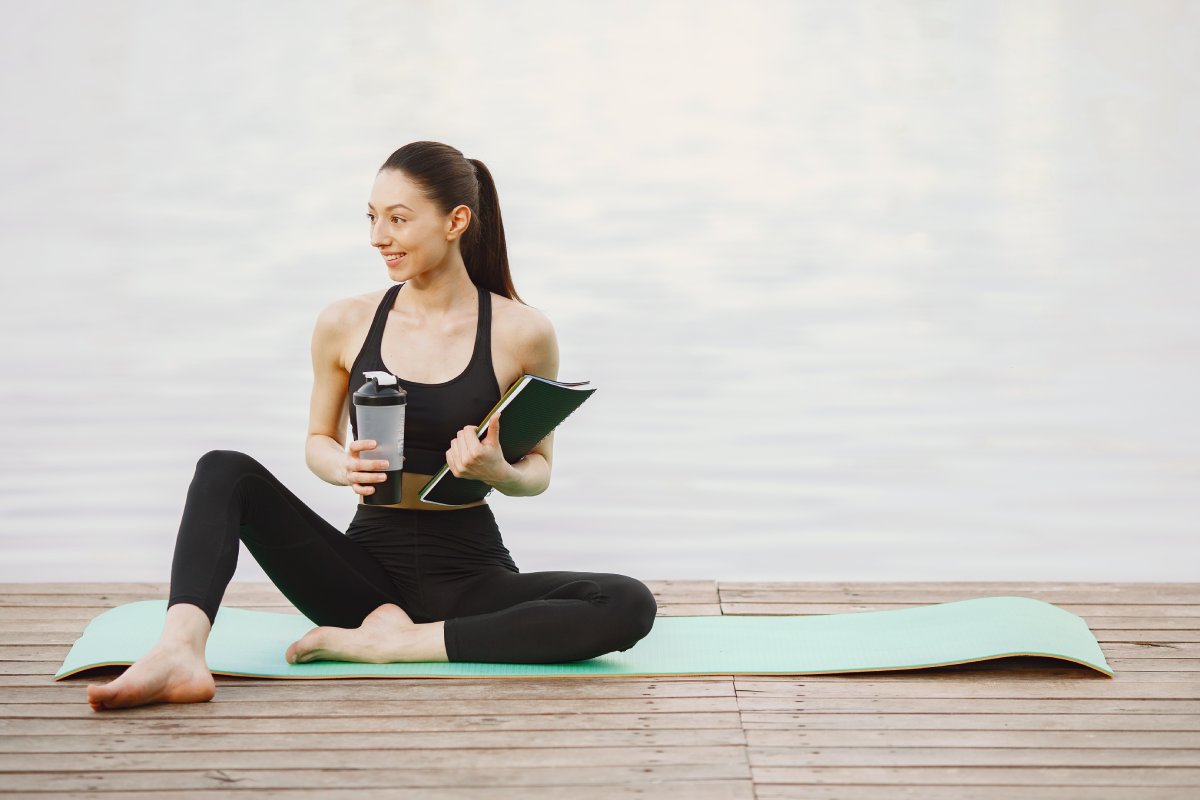Understanding Mental Stress
Before diving into yoga methods, it’s essential to understand what mental stress is and how it affects us. Mental stress is the body’s response to perceived challenges or threats, leading to a state of tension that can manifest physically, emotionally, and mentally. Symptoms may include:
- Anxiety and restlessness
- Difficulty concentrating
- Sleep disturbances
- Physical tension or pain
- Mood swings
Yoga provides tools to counteract these symptoms by promoting relaxation, mindfulness, and self-awareness.
The Benefits of Yoga for Mental Stress
Yoga is more than just a physical exercise; it’s a comprehensive practice that nurtures the mind, body, and spirit. Here are some benefits of yoga for mental stress:
- Reduces Anxiety: Regular yoga practice can lower levels of the stress hormone cortisol, helping to reduce feelings of anxiety and promote relaxation.
- Enhances Mindfulness: Yoga encourages present-moment awareness, allowing practitioners to observe their thoughts and feelings without judgment.
- Improves Sleep Quality: Yoga can help calm the mind and prepare the body for restful sleep, addressing one of the common symptoms of mental stress.
- Boosts Mood: Engaging in yoga releases endorphins, the body’s natural mood lifters, which can help alleviate feelings of depression and sadness.
- Promotes Physical Health: The physical aspects of yoga improve circulation, flexibility, and strength, which can contribute to overall well-being and resilience against stress.
Effective Yoga Methods to Manage Mental Stress
1. Breath Control (Pranayama)
Breath control is a fundamental aspect of yoga that can significantly impact mental clarity and stress reduction. Here are a few effective pranayama techniques:
Nadi Shodhana (Alternate Nostril Breathing)
This technique balances the left and right hemispheres of the brain, promoting calmness and focus.
How to Practice:
- Sit comfortably with your spine straight.
- Use your right thumb to close your right nostril.
- Inhale deeply through your left nostril.
- Close your left nostril with your ring finger, release your right nostril, and exhale through the right.
- Inhale through the right nostril, close it, and exhale through the left.
- Repeat for 5-10 cycles.
Ujjayi Breathing (Victorious Breath)
This technique helps to create a sense of internal heat and focus.
How to Practice:
- Sit or stand comfortably.
- Inhale deeply through your nose, constricting the back of your throat slightly.
- Exhale through your nose, maintaining the throat constriction.
- Continue for several minutes, focusing on the sound of your breath.
2. Mindfulness Meditation
Mindfulness meditation is a powerful practice that can help reduce mental stress by fostering awareness and acceptance of the present moment.
How to Practice:
- Find a quiet space and sit comfortably.
- Close your eyes and take a few deep breaths.
- Focus your attention on your breath, noticing the sensation of inhaling and exhaling.
- When your mind wanders, gently bring your focus back to your breath.
- Start with 5-10 minutes and gradually increase the duration.
3. Restorative Yoga Poses
Restorative yoga focuses on relaxation and stress relief through gentle poses held for extended periods. Here are a few effective restorative poses:
Child’s Pose (Balasana)
This pose promotes relaxation and stretches the back.
How to Practice:
- Kneel on the floor and sit back on your heels.
- Fold forward, resting your forehead on the mat, and extend your arms in front or alongside your body.
- Breathe deeply and hold the pose for several minutes.
Legs-Up-the-Wall Pose (Viparita Karani)
This pose helps to calm the nervous system and improve circulation.
How to Practice:
- Sit next to a wall and lie back, swinging your legs up against the wall.
- Keep your arms relaxed by your sides.
- Close your eyes and breathe deeply for 5-15 minutes.
4. Dynamic Yoga Flows
Incorporating dynamic flows into your yoga practice can help release pent-up energy and stress. Here’s a simple flow to try:
Sun Salutation (Surya Namaskar)
This sequence warms up the body and promotes mental clarity.
How to Practice:
- Start in Mountain Pose (Tadasana).
- Inhale, reaching your arms overhead.
- Exhale, folding forward into a Forward Bend (Uttanasana).
- Inhale, stepping back into a Plank Pose.
- Exhale, lowering into a Chaturanga.
- Inhale into Upward Facing Dog (Urdhva Mukha Svanasana).
- Exhale into Downward Facing Dog (Adho Mukha Svanasana).
- Hold for five breaths, then step or jump forward to return to Forward Bend.
- Inhale, reaching up to Mountain Pose.
5. Journaling and Reflection
Incorporating journaling into your yoga practice can enhance self-awareness and emotional processing. After your yoga session, take a few minutes to write down your thoughts, feelings, and any insights you gained during your practice.
Creating a Consistent Yoga Practice
Consistency is essential for using yoga to effectively manage mental stress. Here are some pointers to get you started with a consistent practice:
- Set a Schedule: Dedicate specific times during the week for your yoga practice, treating it as an essential appointment for your mental health.
- Create a Sacred Space: Designate a quiet, comfortable area in your home for yoga and meditation. Surround yourself with calming elements like candles, plants, or soothing music.
- Start Small: If you’re new to yoga, begin with short sessions (10-15 minutes) and gradually increase the duration as you become more comfortable.
- Join a Class: Consider joining a local yoga class or following online sessions to stay motivated and learn new techniques.
- Listen to Your Body: Yoga is a personal journey. Pay attention to your body’s signals and adjust your practice accordingly.
Conclusion
Yoga is a powerful tool for managing mental stress, offering a holistic approach that nurtures both the mind and body. By incorporating breath control, mindfulness meditation, restorative poses, dynamic flows, and journaling into your routine, you can cultivate a greater sense of calm, clarity, and resilience. Remember, the journey to mental well-being is unique for everyone, so find the methods that resonate with you and embrace the transformative power of yoga.




